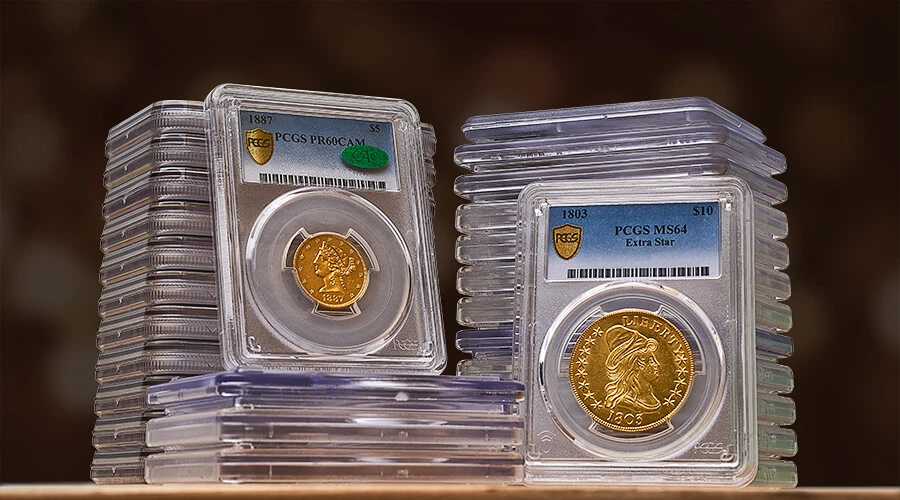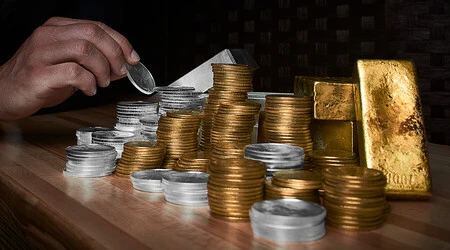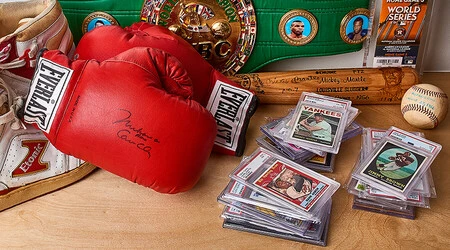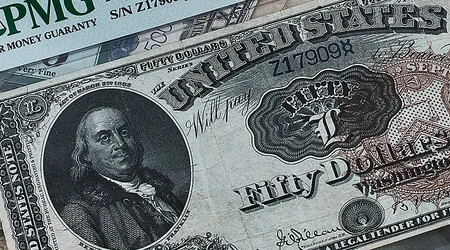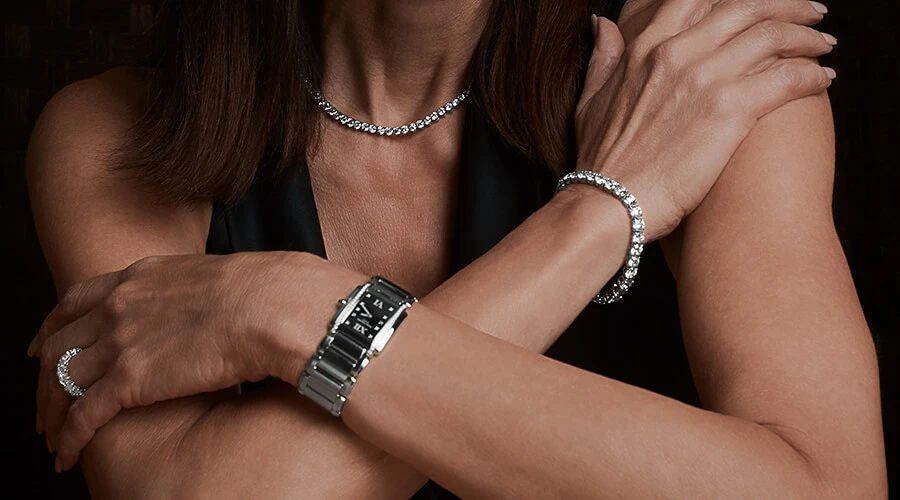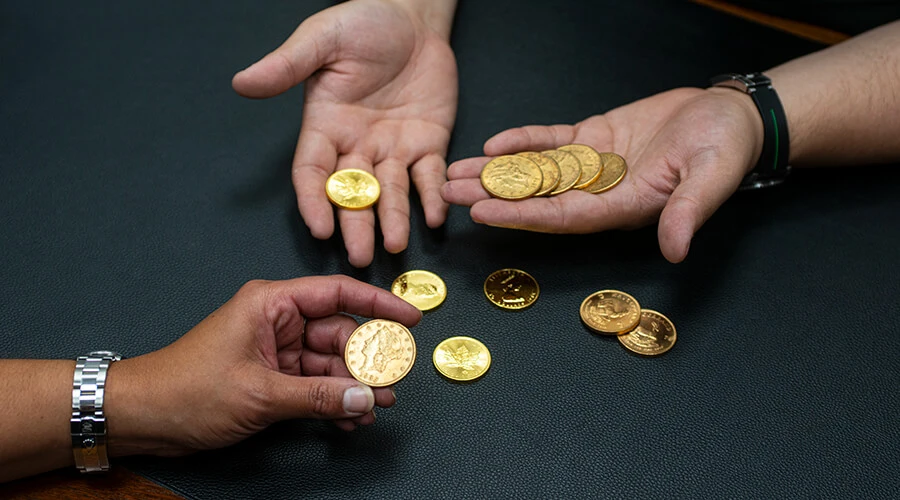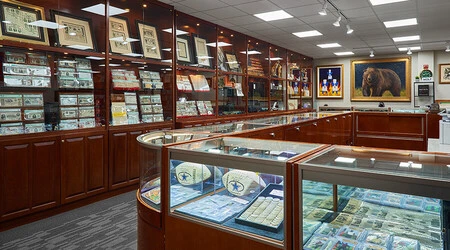For many of us, a little extra money can be a real help. One popular way to raise a little extra cash is by selling your old, unwanted gold for cash. Gold prices have risen in the past few years and as they’ve gone up, consumers have been bombarded with billboards, electronic signs, and flashy TV ads proclaiming that they can make a ton of money by selling old unwanted jewelry.
Cash for gold kiosks are everywhere: shopping malls, pawnshops, and jewelry stores. These gold dealers operate in a mostly self-regulated industry, which means it’s important for anyone considering selling their scrap gold to understand exactly how transactions work.
Before you make any deals, you need to do some homework. While many dealers are legitimate, there are some unscrupulous ones out there. You should be aware of how gold is priced, what karat weight means, and exactly what it is you’re selling. Sometimes older pieces can have much more value than simply their gold weight, so it’s important to research any potential dealers and be absolutely certain of the value of what you own.
Let’s look at some of the terminology and facts to should consider before you sell your unwanted gold for cash.
Explore Your Options
Not all gold dealers are created equally! You have several different options when it comes to selling your scrap gold. While there are gold kiosks at almost every mall that will buy your unwanted gold jewelry, with a little research you can find other outlets that may give you a better price. As a general rule, if you’re offered less than 70% of the value of the gold weight for your jewelry, move on. While there are online options where you can mail in your jewelry and receive a check back, it’s always better to try to make a face-to-face deal. Here are some options to consider from best to least favorable:
Refiners
Typically refiners will pay close to full market value for your gold. The problem is that refiners tend to buy in bulk so if you have only a few small pieces they may not be interested. Consider pooling your gold with other family members or friends to increase the appeal to refiners.
Local Jewelry or Pawn Shops
This is generally the second-best payday you can have. Call around and ask how much they will pay once you’ve determined the value based on its weight (more in a minute). Use the Better Business Bureau or Yelp to vet potential jewelry or Pawn Shops.
Gold Parties
Much like the Tupperware parties your parents or grandparents attended these are a new trend in cash for gold. You can gather with friends, socialize and enjoy a glass of wine, but don’t expect to get top dollar for your gold!
Mail-In Buyers
This is the worst way to sell your gold. These are the companies you’ll see advertising online or on TV. Companies like Cash4Gold, GoldKit, and GoldPaq typically pay only around 11 to 29% of the daily spot price.
Know What You Have!
Before you sell your gold, have a basic idea of what it’s worth so you know if you’re being made a fair offer. Unless you work with a dealer you know and trust like U.S. Coins and Jewelry, take a few simple steps to get understand the value. Scrap gold is priced by the weight of the item and its purity. While this might seem confusing, it’s not that hard to figure out and all you’ll need is a simple kitchen scale.
Gold is measured in slightly different ways. A generic scale measures 28 grams per ounce. Jewelers or gold dealers use the measurement of a Troy ounce, which is made up of 31.1 grams. Some dealers may also use pennyweights (abbreviated dwt). A pennyweight is 1.56 grams. All that being said, the best thing to do is to figure out how many grams of gold you have and then multiply that number by the price per gram.
The second measure for determining value is purity. If you check your jewelry, you should see a number followed by the letter k, for example, 12k. Jewelry is never made of 24-karat or pure gold, it’s much too soft. You’ll most like see numbers like 12k, which is 50% pure or 18k, which is 75% pure, and so on. Some pieces may have no markings but still, be made of gold. For these, you can reveal the purity with a scratch test. You can buy a test kit online for about $30, or simply take your piece to a jeweler who can perform the test for you.
Gold is a priced-daily, on-the-spot market. This price is easily found online at websites like Goldprice.org and many others. While you could do the math and figure out what your piece is worth using your scale, using the karat weight and the daily spot price per TROY ounce, the Internet has made determining the price of your gold much easier! There are online calculators that will accept various weights and purity measures and give you a final value. There’s a great one at Dendritics.com that will even look up today’s spot price to give you a completely accurate value!
ONE LAST TIP!
If you have an older or unusual piece that you are unsure of, it’s a smart move to have it appraised by a third party. Older pieces made by famous makers like Tiffany or Cartier can be worth many times their weight in gold. If the piece has stones, always check to see if they are gemstones, which can add value. Whenever you're uncertain of exactly what you have, get it checked! It could potentially be worth hundreds or even thousands of dollars more than its weight in gold!
IF YOU ARE INTERESTED IN BUYING OR SELLING GOLD, CONTACT U.S. COINS AND JEWELRY, HOUSTON'S MOST TRUSTED SOURCE, AT 8435 KATY FREEWAY IN HOUSTON OR CALL 713-597-6367.
Sources:
http://archive.boston.com/business/personalfinance/gallery/goldsellingtips/
http://www.kiplinger.com/article/saving/T015-C000-S002-smart-ways-to-sell-your-gold.html
http://abcnews.go.com/Business/10-tips-selling-gold-cash/story?id=14356892












